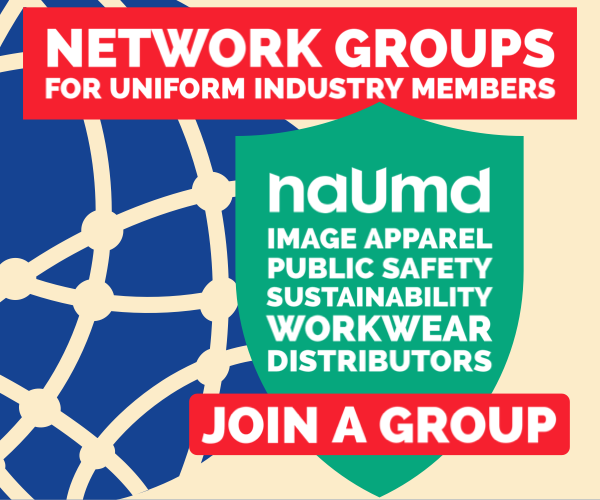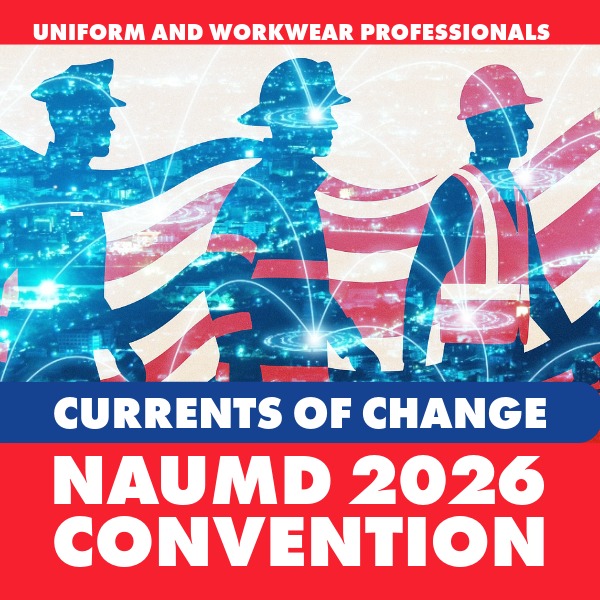If you’re still treating public safety uniform RFPs like a product catalog with pricing tiers, we need to talk.
For years now—not just recently—uniform bids from law enforcement, fire departments, EMS agencies, and corrections have demanded far more than product specs and pricing grids. The days of simply listing SKU numbers and hoping your low bid gets you through the door are long gone. These agencies aren’t just looking for shirts and pants—they’re looking for service partners with operational muscle.
From web portals to patch application, alterations to inventory management, today’s RFPs read more like full-fledged service contracts than garment orders. If you’re a distributor or manufacturer hoping to win—or even stay in—the game, you’d best be prepared to serve, not just sell.
It’s Not New. But It Is Non-Negotiable.
Let’s set the record straight: none of these expectations are particularly new. What’s changed is how standardized—and unforgiving—they’ve become. Agencies have grown accustomed to comprehensive service, and they’re codifying those expectations into RFPs with increasing precision.
Take Spokane, Washington, where the police uniform bid requires vendors to maintain a file of current sizes for each officer, deliver fitted uniforms within seven days, and perform alterations at no extra cost. Uniforms must withstand rigorous laundering without fading, fraying, or stretching—and vendors must replace any defective item within a year. That’s not just supply. That’s a standing commitment to operational readiness.
Or consider Durham, North Carolina, which isn’t even asking for uniforms per se, but rather a supply management system that governs how employees order their apparel. That includes individual allotments, budget controls, role-based access, administrative oversight, and real-time reporting. It’s e-commerce, compliance, and logistics rolled into one—disguised as a clothing bid.
In Edinburg, Texas, the city has built uniform expectations around a digital backbone. Bidders must provide a secure web portal, custom labeling for each officer, and account-specific controls. Bonus points if you can bundle garments for each individual recipient, making distribution painless for department managers.
These examples don’t represent a future trend—they represent a current minimum.
If You Can’t Support, You Can’t Supply
Here’s the brutal truth: if your business can’t support this level of service, you’re going to keep losing bids. RFPs don’t reward “best effort”—they reward precision, infrastructure, and follow-through.
Montgomery County, Virginia expects contractors to carry local inventory, handle patches, manage odd sizing, and deliver orders on time, every time. Hallandale Beach, Florida wants a one-year, no-questions-asked replacement guarantee. Skagit Transit, serving a large swath of Washington, insists on extended sizing, fitting services, and the capacity to dress everyone from XS to 6XL.
And if you’re hoping to just drop-ship from a catalog, you’ll be outmatched by companies with in-house tailoring, on-site sizing events, or responsive customer liaisons who know how to defuse procurement panic at 4:45 p.m. on a Friday.
In other words: service isn’t the add-on—it’s the expectation.
Grants Add Pressure—and Opportunity
Overlay that with federal grant cycles, and things get even more complex. Agencies using funds from the DOJ’s Bulletproof Vest Partnership or Body-Worn Camera programs often pair uniform purchases with equipment upgrades—such as outer vest carriers or integrated load-bearing shirts. These aren’t just garments; they’re mission-critical gear that must align with grant specs, deployment timelines, and matching-fund documentation.
That opens the door for distributors who understand the funding flow and can align their proposals accordingly. But it also raises the stakes. Fail to deliver on time, or provide the wrong documentation, and you risk being blacklisted—not just for one order, but for the duration of the grant program.
So yes, understanding the grant-to-garment pipeline is one more skill today’s uniform providers need to master.
The NAUMD Edge: Education Meets Execution
Fortunately, this is exactly where membership in NAUMD can pay dividends.
Through webinars, network groups, and peer learning, NAUMD helps both manufacturers and distributors understand what it takes to meet modern RFP demands. From demystifying digital ordering portals to forging partnerships for embroidery, tailoring, or warehousing—this is a network built to help members say “yes” when agencies ask, “Can you do this?”
And make no mistake: it’s often your relationships with manufacturers that determine your success as a distributor. Need alternate sourcing when a size is out of stock? Need a run of shirts with four different patches applied in three days? NAUMD helps connect you with the companies who can make that happen—and who understand that success in this industry comes from coordination, not isolation.
Not the Cheapest, But the Chosen
Here’s the kicker: while pricing still matters in every bid, the agencies we reviewed don’t automatically go with the lowest bidder. In fact, most explicitly reserve the right to choose the most “responsible” or “responsive” vendor—even if that’s not the lowest cost.
That’s a quiet but critical shift. It means that experience, reliability, and support matter more than ever. If your company can demonstrate that it’s already serving other departments well—on time, within spec, and with professionalism—that track record becomes a competitive advantage.
This is no longer a race to the bottom. It’s a race to be the vendor your agency contact wants to call at 7 a.m. when a recruit class shows up with no uniforms and a press conference at noon.
Final Stitch
Uniform RFPs aren’t just about fabric and fit—they’re about function, follow-through, and future-proofing.
You’re not bidding to sell shirts. You’re bidding to solve problems. To be the calm in the procurement storm. To be the call they make when it’s got to be fixed fast, and done right.
So next time you flip through an RFP and think, “Wow, they want a lot,” remind yourself: they’ve always wanted this much. The difference now? They expect it all in writing—and you’d better be ready to deliver.
RFP Source Links
- Spokane, WA – Police Uniforms RFP
https://mrsc.org/getmedia/f822eb09-3ba0-433f-8557-655776fd7656/s73policeuniforms.pdf - Durham, NC – Supply Management System for Uniforms
https://www.durhamnc.gov/DocumentCenter/View/31689/20-0042-Supply-Management-System-final?bidId= - Edinburg, TX – Police Apparel & Equipment RFP (2021-004)
https://cityofedinburg.com/RFP%202021-004%20POLICE%20APPAREL%20%20EQUIPMENT.pdf - Montgomery County, VA – Public Safety Uniforms RFP
https://www.montgomerycountyva.gov/docs/default-source/purchasing-solicitations/25-06_rfp.pdf - Hallandale Beach, FL – Police Uniforms RFP
https://hallandalebeachfl.gov/DocumentCenter/View/34246 - State of Delaware – Law Enforcement Uniforms RFP
https://bidcondocs.delaware.gov/GSS/GSS25844-LAW_UNFRMS-rfp.pdf - Skagit Transit (WA) – Uniforms and Related Services RFQ (24-001)
https://www.skagittransit.org/assets/1/23/RFQ_24-001_Uniforms_and_Related_Services1.pdf




















